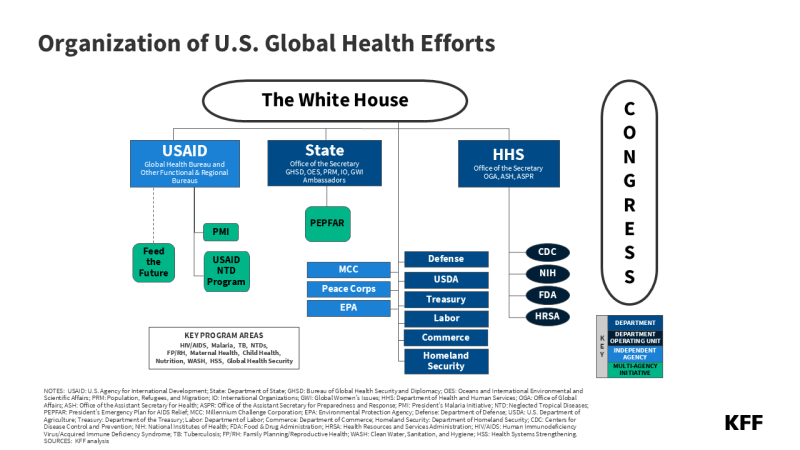
REISTERSTOWN, Maryland — Peru is the third largest country in South America. With a population of more than 30 million people, Peru is known for its diverse population and famous historical landmarks, making it a frequently-traveled destination. While Peru has grown its GDP by more than 2.5% in the last year, the country continues to face a health crisis following the COVID-19 pandemic. This threatens a “middle-income trap,” as health and the economic recession have caused Peru to battle competition in the goods market and risk losing its positive stride. Due to the negative impact of the COVID-19 pandemic and Peru having an increased Tuberculosis incidence rate, Peru continues to need increased access to health care. The following five facts about health initiatives in Peru detail the positive efforts being made to provide support.
5 Facts About Health Initiatives in Peru
- USAID Partnered with CEDRO to Bring Free Medical Supplies to Peruvians in Need. Named The Alliance for the Amazon against COVID-19, these two organizations partnered with the Amazonian Hope Medical Program of Peru to reduce the devastating impacts of the COVID-19 pandemic. Beginning in 2021, these organizations aimed to distribute medical supplies at no cost to Peruvians, implement COVID-19 safety measures and provide mental health support. By 2023, these health initiatives in Peru have served more than 300 communities with close to 10,000 COVID-19 vaccines and thousands of vaccines against hepatitis and tetanus.
- Socios En Salud Provided Free Testing for Tuberculosis with “Backpack TB”. In 2021, this Peruvian nonprofit organization implemented “Backpack TB” to reduce Peru’s status as having “one of the highest TB incidence rates in the Americas.” This tool provided free Tuberculosis testing to Peruvian areas that were difficult to reach by vehicle through its “compact” and “portable” design. Through its implementation, health care workers have used “Backpack TB” to reach more than 3,000 people in need. After testing, Socios En Salud continued to help patients by providing resources for necessary medications and other health care technicians.
- The Peruvian Government Expanded Community-Based Mental Health Care. According to a 2013 estimate by Peru’s Ministry of Health, they found that “one in five people had mental health conditions.” Along with this shocking statistic, fewer than five hospitals in Peru aid mental health or provide support. Due to these statistics, Peru’s Government instituted reform in 2019 which recognized mental-health coverage at a “primary health-care level,” and created a budget for mental health programs. This health initiative in Peru increased the number of mental health care centers by tenfold in six years. Along with these mental-health centers, more than 40 halfway houses and 30 hospital units aid their efforts.
- The Global Fund Provided Over $10 Million to Peru to Aid COVID-19 Response Efforts. As Peru has experienced one of the highest “excess mortality per million people” rates, the Global Fund recognized the need for funding and resources. To aid Peru, the Global Fund used their COVID-19 Response Mechanism (C19RM) to provide $14.9 million to the cause. These funds provided testing for patients, protective equipment and treatment support. This organization also provided oxygen support to COVID-19 patients and mobile units for testing for Tuberculosis. Since 2021, additional funding has been allocated to provide training for HIV and TB field workers in identifying and referring COVID-19 cases to health centers.
- The Peace Corps Provided Support to Communities with Their Community Health Project. Since 2002, Community Health Facilitators in the Peace Corps have provided educational professionals and health service providers with the necessary tools to promote healthy living. The Peace Corps aims to reduce “malnutrition, anemia, and adolescent pregnancy” by providing training to educational professionals and students in the local community. This training informs community members about healthy practices, which encourages sex education and intuitive eating. From this training, more than 9,000 adolescents and teachers were properly trained in sex education. This health initiative in Peru also aided community members in more than 2,000 nutritious eating sessions, resulting in more than 200 children under the age of five rising to their proper weight.
Looking Ahead
These five facts about health initiatives in Peru show the positive efforts being made to reduce the COVID-19 pandemic’s negative effects. While GDP growth has stabilized following the COVID-19 pandemic and is projected to reach 2.4% by 2023, Peru must prioritize continued support for health. High inflation since 2021 has impacted economic growth and threatens more than 500,000 middle-class Peruvians with poverty risk. As discussed by the World Bank, these economic challenges must be overcome, to continue to support the needs of health, safety and education. With continued support provided to health initiatives in Peru by NGOs and the Peruvian government, Peruvians can gain the support needed to live healthy and secure lives.
– Kristina Gaffney
Photo: Flickr
link







